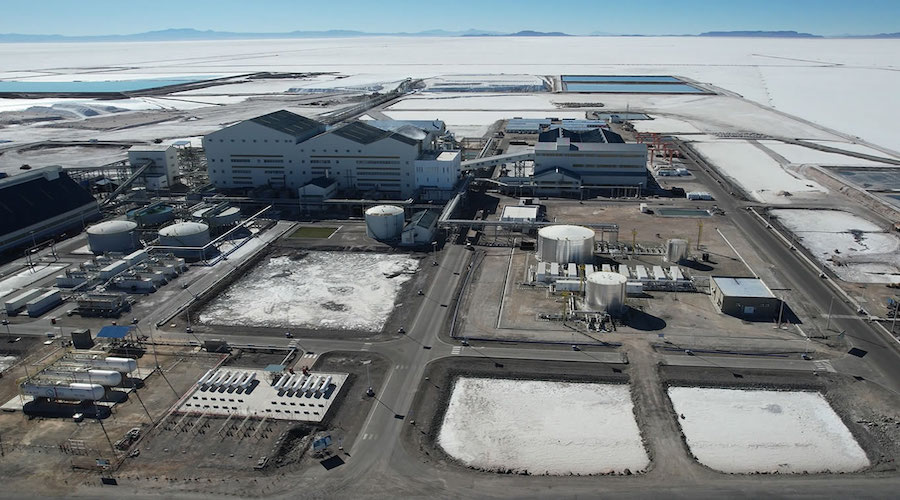ERM outlines the true cost of mine closure
The ability to relinquish mines post closure remains an enduring challenge. While mines regularly “close”, whereby production ceases and rehabilitation/decommissioning are carried out, achieving relinquishment or being able to hand over the site for next use can take many decades. As the mining sector continues to embrace a changing world and redefines its role in the broader mining and metals ecosystem, there is an opportunity to challenge traditional paradigms to reduce crippling liabilities, create social value and stabilize economies.

Mine closure has traditionally been viewed as a means to an end; an eventuality that manifests itself as the boom and bust cycle inherent with mining. Often the stated goal for closure is to relinquish physically and chemically stable lands — a goal that the evidence suggests is largely unattainable. ERM reviewed 57 mines across the world that ceased production between 1945 and 2012. Only five of these mine sites have been relinquished for next use, with no further mining company obligations. Of the remaining mines, all are still in care and maintenance, and many have very high annual maintenance costs.
Louise Pearce is global managing partner of the mining sector at ERM, a sustainability consulting firm. The article was written with the assistance of ERM partners Simon Tillotson and Derek Chubb.




